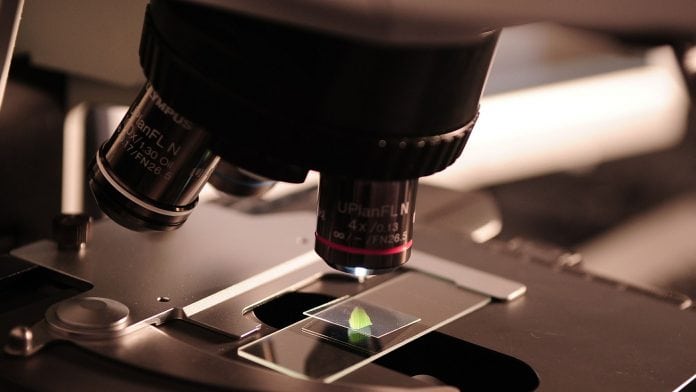
Researchers from Cold Spring Harbor Laboratory in the USA have discovered a new kind of small-cell lung cancer (SCLC), which is going to help personalise medicine approaches to target previously unnoticed forms of the disease.
The issue facing cancer patients is that the disease is a mixture of distinct diseases, which makes it hard to get a drug that is guaranteed to work on everyone. One type, small-cell lung cancer, needs a new drug, as without specific treatment it spreads early.
Out of those patients with small-cell lung cancer who have had chemotherapy, radiotherapy, and surgery, only 6% survive five years from the time of their diagnosis. SCLC accounts for around 10-15% of all lung cancers.
Analysing gene activity in human SCLC tumours
The new findings came from analysis of gene activity in human SCLC tumours and revealed an unexpected activity pattern in around 20% of samples.
Christopher Vakoc, MD, associate professor at Cold Spring Harbor Laboratory, led the research team which found a paucity of neuroendocrine makers in pulmonary neuroendocrine cells, a cell type thought to be the source of SCLC.
What method was used to understand cancer line growth?
Using a method developed in 2015 that uses the gene-editing tool CRISPR, the team were looking for specific proteins that are critical to the growth of various cancer lines, including SCLC lines.
Using this CRISPR screen, the research team found that a transcription factor called POU2F3 is expressed exclusively in the minority of SCLC tumours with low levels of neuroendocrine markers.
Vakoc said: “We were using the CRISPR screen to discover new vulnerabilities in this disease that we didn’t know about before.
“The surprise is that in the process, we discovered a new form of lung cancer.”
Is it time for more uniquely designed clinical studies?
First author on the paper and postdoctoral investigator Yu-Han Huang added: “In the past, we’ve lumped the different forms of SCLC together because they look similar on a microscope slide, but we now have some molecular tests that can easily discriminate these malignancies.
“Our findings suggest that we should be designing clinical studies for them separately, to find therapies that might cater to the different types of tumour.”
What’s next for the research team?
Currently, Vakoc’s team is looking for collaborators to do preclinical tests in mice to test compounds that target POU2F3.
They also plan to use their CRISPR-based stress test to look for variant types of pancreas cancer, which they hope might provide similarly specific targets for treatments.









